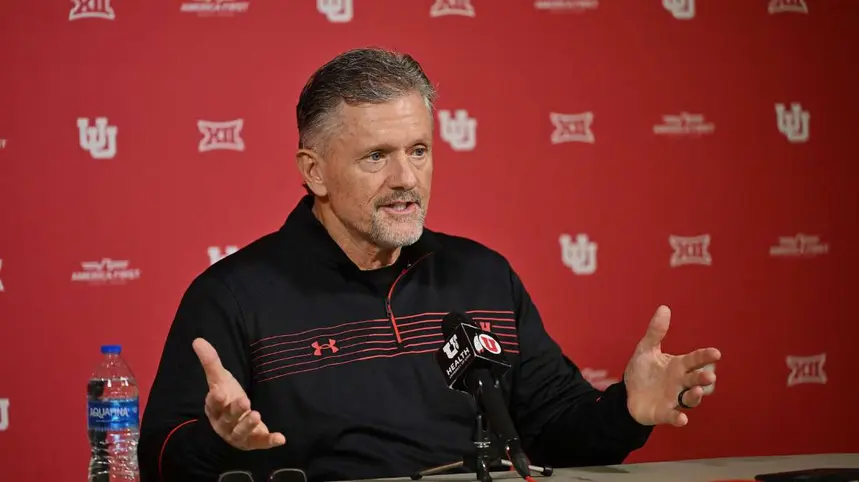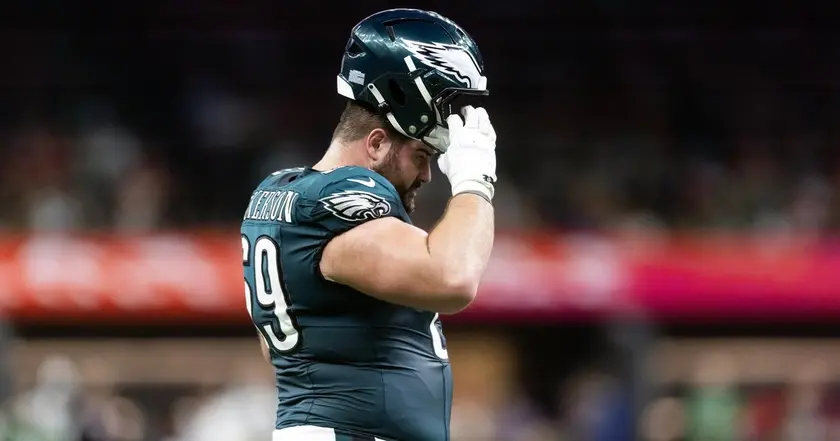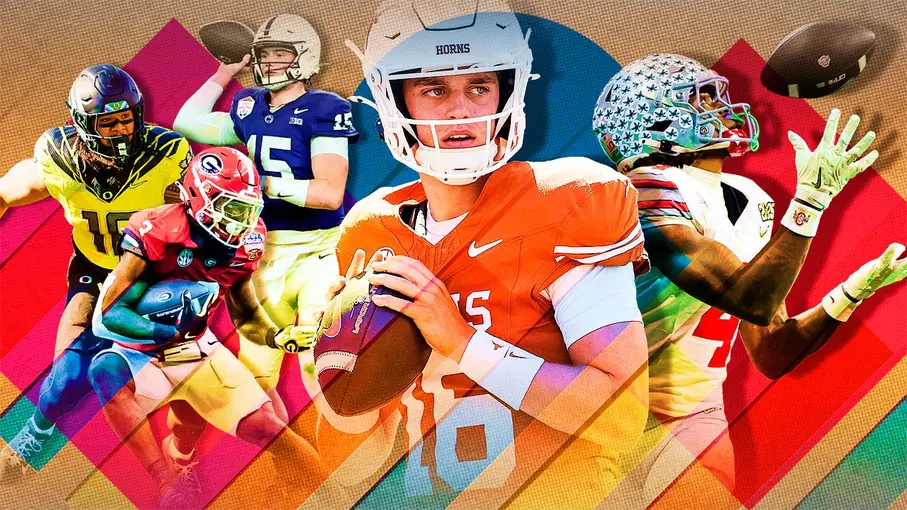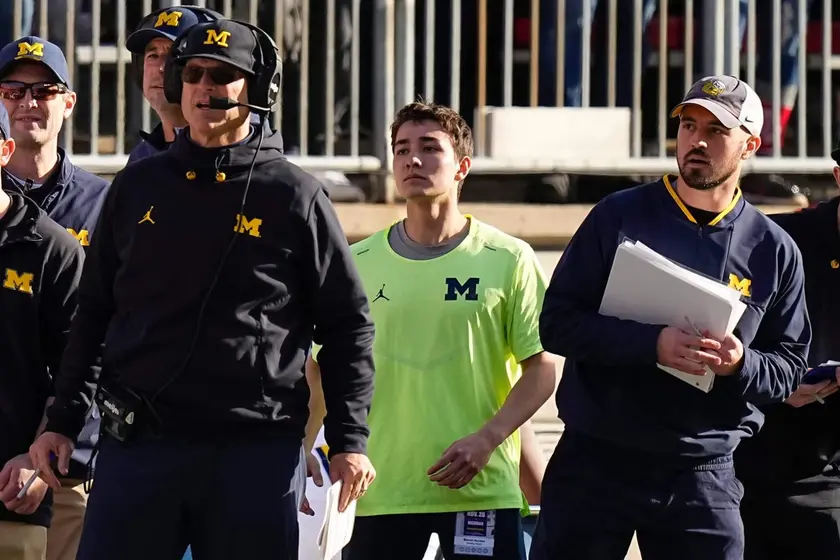T4K3.news
Injury reports go public in college sports
The Big 12 will start publishing player availability for football and basketball games, signaling a wider move toward transparency across major conferences.

The Big 12 moves to publish availability reports for games, signaling a broader push toward transparency in major conferences.
Whittingham prepares for public injury reports in college football
The Big 12 announced it will start releasing player availability reports for conference games in football and for men’s and women’s basketball. Football availability will be published four times per week, including three days before a game and 90 minutes before kickoff. The plan brings the conference in line with other Power Five leagues and means all top conferences will disclose injury information to the public.
Kyle Whittingham has long resisted talking about injuries beyond season-ending statuses. In recent seasons the Utah coach offered little detail about players who were hurt, even as key players like Cam Rising and Brant Kuithe battled injuries. Under the new framework, public reports will list players as probable, questionable, doubtful, or out, reducing ambiguity for fans and media and eliminating questions about why a player is or isn’t listed. Whittingham has said he could support universal reporting if it applied to everyone; for now, the policy change is seen as a practical step toward fairness across conferences.
Key Takeaways
"If it's universal across the board, no problem at all with it."
Whittingham on universal adoptability of injury reports
"Right now, our stance is, with no injury report requirement, why would you tip your hand at all with guys that are available, not available."
Whittingham expressing current stance
"Conformity, frankly, is all the University of Utah head coach ever wanted."
Description of Whittingham's preference for uniform rules
"If the NCAA as a whole goes in that direction, operating like the NFL in that manner, then it's not a problem at all."
Whittingham on NCAA direction toward uniformity
The move reflects a broader push toward openness in college sports, even as it tests the balance between medical privacy and competitive strategy. Coaches worry that real-time injury data could influence game plans or recruiting leverage. For a program like Utah that prizes discretion, the shift will test how adaptable teams can be when public accountability becomes the norm. Fans will gain clearer information, while players’ privacy and the strategic value of injuries will remain a topic of debate. Over time, the policy could reshape how media cover games and how conferences negotiate schedules and media rights. If universal adoption holds, the dialogue may settle into routine; if not, it could ignite fresh tensions between transparency and control.
Highlights
- Transparency is the new scorecard
- A level playing field is the real goal
- The game is changing behind the scenes
- Public injury reports shift power to the crowd
Public reaction to universal injury reporting could spark debate
The shift toward public injury data raises questions about athlete privacy, potential impacts on strategic planning, and how fans and lawmakers view data use in sports.
Openness is coming to college football, and the next season will reveal how well programs adapt to the glare of public data.
Enjoyed this? Let your friends know!
Related News

Merseyside jails 66 criminals in July

Police release detailed records in Idaho murders

Transfer news intensifies as deadline approaches

Barron Trump Bound by Sports Restrictions

Eagles guard Dickerson to undergo MRI

Ranking all FBS programs for the 2025 season

Eagles showcase McKee as backup QB in preseason

NCAA sets ruling on Michigan sign stealing penalties
